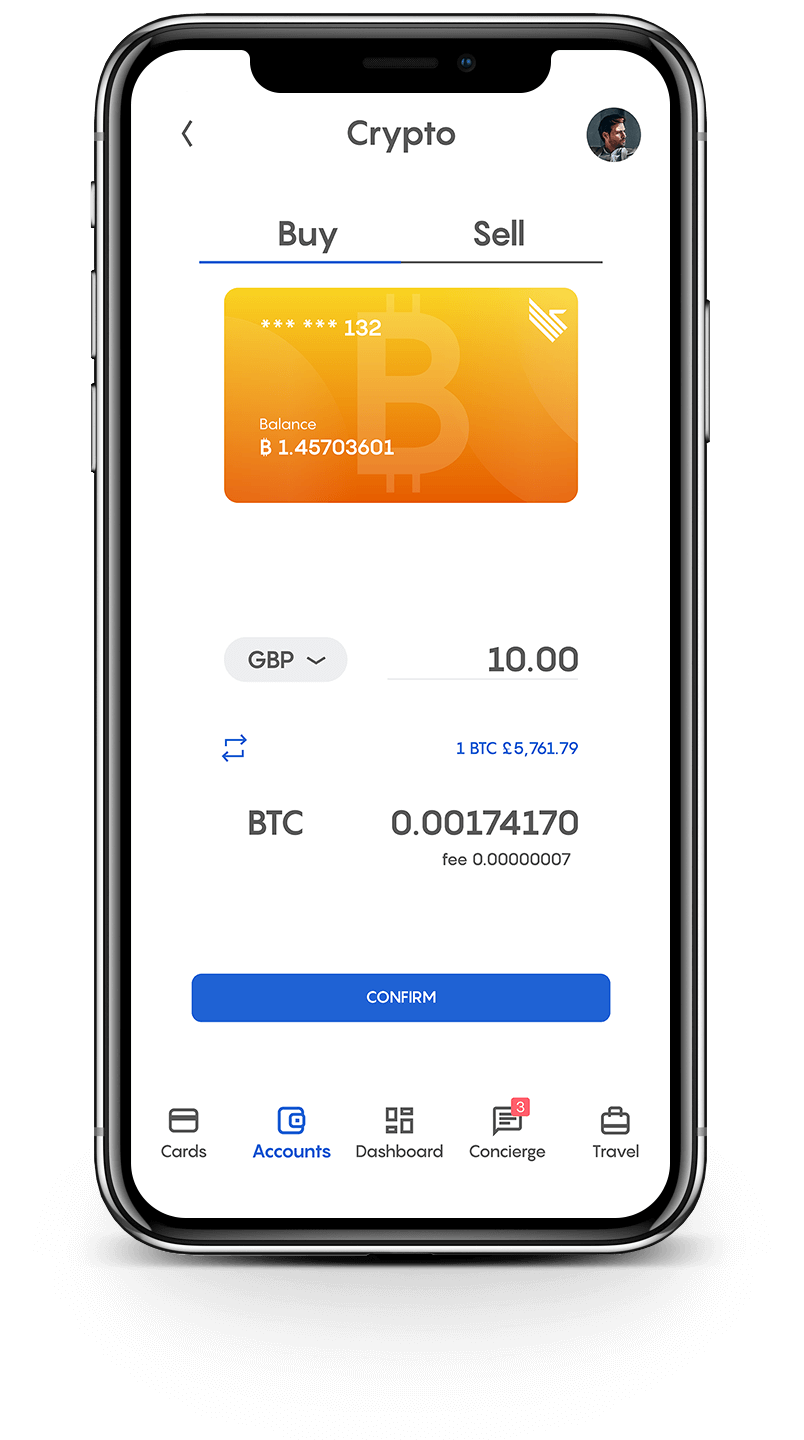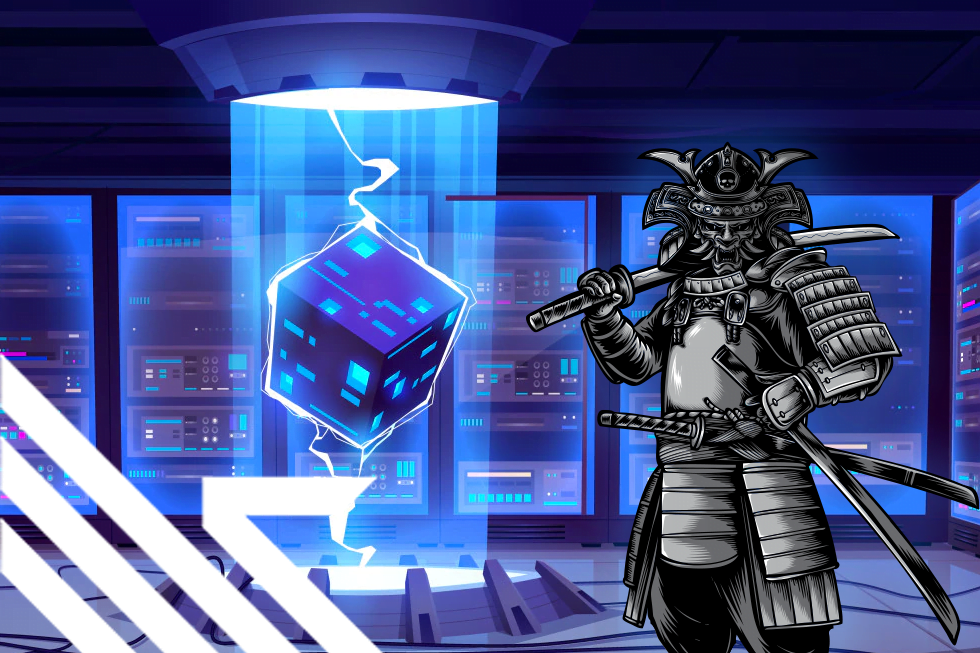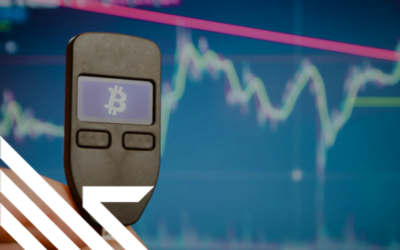The concept of Non-fungible token (NFT) is a major topic of discussion on many online and offline forums. Even the mainstream media is increasingly covering it. The amount of value being generated mostly drives this interest.
According to a recent report, the NFT market cap will reach $35 billion by the end of 2022 and surpass $80 billion by 2025. However, with time, it is not just how much money can be made that will drive the interest and adoption of NFTs but also what they are capable of doing.
Like social media, digital payments and e-commerce, and the internet itself, NFTs have the potential to solve critical problems that we face as a human society today. They also can create and sustain new experiences, some of which we haven’t even imagined yet.
Considering everything, NFTs do not seem to be one of those technology or investment trends that nobody talks about a few months or years down the road. NFTs are likely to be an integral part of our daily existence in a few years.
This post describes in detail the concept of NFT using the least technical language possible. This post also explains the potential of NFTs and why you need to care about them.
Let’s start from the beginning.
What exactly is an NFT
A non-fungible token (NFT) is a special category of digital assets on the internet. By digital asset, I mean any file that can be stored and used on the computer or can be stored, used, or sent through the world wide web (internet) in the form of text, image, video, or code.
An NFT can be digital art, a photo, a video, a meme, a video game skin, or even an app. At this point, the most popular NFTs are digital art pieces, basically, paintings done on computer screens instead of physical canvas.
It is important to point out that not every digital art, photo, video, meme, or app qualifies to be an NFT. A digital asset has to meet three requirements to be considered an NFT.
1. Minted on the blockchain.
If an image, video, meme, or app is uploaded (minted) onto a blockchain, it is considered an NFT. Once a digital asset becomes an NFT, it must be owned and traded on the blockchain. It can be listed on ordinary websites, but the actual sale transaction has to happen on the blockchain.
Also, the only way an NFT can be destroyed is by sending it to an address on the blockchain that no one owns. This can be done deliberately in a process known as burning, which happens a way to get it out of circulation for whatever reason. Think of it as taking a physical painting, pouring fuel on it, and setting it ablaze for whatever reason.
An NFT is also considered destroyed when someone receives it to their address and loses the private key to the address. While the NFT will continue existing on the blockchain, it is considered lost as no one has the key to move, use or trade it.
But what exactly is blockchain?
Blockchain is best known for being the technology on which cryptocurrencies like Bitcoin exist.
The blockchain comprises three basic components;
A peer-to-peer network of computers
This is a network a computer joins but retains its independence. In this network, there is no central server that manages the communication and interactions of the computers. Instead, all the computers have to find consensus on everything they do as a unit.
A shared ledger
This is a digital space where all transactions the computers on the peer-to-peer network approve through consensus are recorded. The transactions can be payments users make to one another or transfer ownership of digital assets.
Core software
A computer must install this software to join the peer-to-peer network. It contains a set of rules (protocol) that guide the computers on the network to communicate, negotiate and form a consensus on the actions they perform as a unit.
The earliest use of the blockchain was as a ledger online where transactions are recorded. It has, however, evolved to perform functions as a virtual machine does.
Advertisement
Join Club Swan and get... more!

Buy and sell your crypto at the best rates and spend them or transfer them to another wallet. You can seamlessly spend your crypto with the Club Swan card anywhere in the world. Everything from one account, on one platform.
- Buy, sell or store 9 different crypto currencies, including: Bitcoin (BTC), Ethereum (ETH), Litecoin (LTC), Bitcoin Cash (BCH), Tether (USDT), BAT, Paxos (PAX), USD Coin (USDC) and EOS.
- Low fees from 0.5%*.
- One simple rate for buy and sell. No hidden margin built into our prices.
- Seamlessly spend your crypto with the Club Swan card.
- Turn your crypto into traditional currencies.
- Quick and simple wallet to wallet transfers.
- Free transfers between Club Swan members.*
- 24/7 Customer support.
Club Swan's flexible account gives you access to multiple traditional currencies, live real time exchange rates, bank transfers and an elegant metal card allowing you to spend in more than 150 currencies around the globe.
- Live traditional currency exchange rates.
- Bank transfer exchange rates typically 4-8% better than high street banks.
- USD, GBP, EUR, CNY, and JPY accounts*.
- Transfer funds in and out of your account with SEPA/SWIFT/Faster Payment/Fed Wire Payments.
- Spend 150+ traditional currencies around the globe with Club Swan card.
- International ATM withdrawals.
- Daily ATM withdrawal limit $1,500.
- High account limits.
- Free transfers between Club Swan members*.
- FCA regulated for your peace of mind**.
- 24/7 Customer support.
Save precious time and money. Use your Club Swan virtual assistant for your travel needs. We also offer personal shopping, VIP event access and unique experiences.
- Save up to 40% on flights and holidays.
- Exclusive negotiated rates on First and Business class airfares.
- Private transfers.
- Luxury car rentals.
- Personal shopping assistant.
- Luxury product procurement.
- Concert tickets.
- Activity experiences.
- Event access.
- VIP dining & restaurant bookings.
- Private event & party coordination.
- 24/7 live chat concierge support.
Why do NFTs exist only on Blockchain?
Most of the digital assets traded as NFTs can be created without blockchain. Digital photography went mainstream in the mid-1990s. We cannot remember the internet without images, graphics, and videos.
Meanwhile, digital art has been around for decades, and indeed many of the modern art pieces are first created or painted on a computer screen before they are printed onto paper or canvas.
What then does the blockchain give digital assets to make them special and put them in the NFT category?
The following are the qualities that the blockchain gives digital assets to make them NFTs:
Immutability
Until blockchain came around, it was largely accepted that a digital file’s nature could be easily changed. For example, an image or a piece of digital art can be changed through applications like photoshop.
Once the digital asset is created (minted) on the blockchain, however, it becomes immutable. That means its nature and details cannot be changed arbitrarily. Any change that happens to it must be based on established rules and approved by the peer-to-peer network of computers through a consensus mechanism.
True ownership
Before the blockchain, the only places online where digital assets have been established as valuable collectibles were on platforms run by technology companies. For example, if you are an ardent video game player, you are likely to have accumulated skins and weapons. Some of these digital assets are priced highly because they are rare and highly functional.
However, the ownership of these assets is based on admins of the platforms approving them and guaranteeing that the platforms remain in existence. It is possible that the admins of the platforms can arbitrarily take away the assets from the gamer by locking them out, for example. It is also possible that the company behind the platform can go out of business and have it shut down. It could also be seized by authorities and taken offline.
The blockchain is a platform not owned nor controlled by any single person or entity. Besides, there is no central point from which any authority can censor anyone by, for example, taking away their digital assets. Also, given that the platform is on a decentralized peer-to-peer network, it can only cease to exist if the internet itself is shut down.
All this means that one gains and maintains full ownership of any digital asset on the blockchain, including NFTs, until they choose to give it up.
Which blockchain is NFT built
Not all blockchains are designed to support the creation and trading of NFTs. For example, the Bitcoin blockchain can support only the movement of digital money.
Ethereum was the first blockchain designed to support the creation and trading of NFTs. The NFTs on the Ethereum blockchain are created using the ERC-721 standard, a set of rules the developer and minters must follow.
Other blockchains that support the minting of NFTs include BNB Chain, Cardano, Tezos, Flow, and Zilliqa. When minting NFT, the factors to consider about the blockchain you use include the fees charged, its impact on the environment, and the ease of use.
Are NFT blockchains public?
Blockchains fall into two major categories; private and public. The private blockchains are also known as permissioned, while the public ones are known as permissionless.
The private blockchains are built on networks that you can only join with permission from an admin or a vote by those already on the network. Meanwhile, you can join and leave networks behind permissionless without permission from anyone.
All the blockchains that support NFT creation are of the public type. That means you can mint NFTs on those blockchains without having to ask anyone for permission. Indeed, there is no private blockchain yet designed to help with the creation and trading of NFTs.
2. Not replicable
Ordinarily, when you send an image, video, meme, or any other type of digital asset online, the recipient gets a copy, and you remain with a copy. That means a digital file can easily have millions of copies, and no one can tell who has the original copy.
An NFT doesn’t replicate that way. When you send an image, video, meme, or other digital assets as NFT, you don’t remain with a copy. Only one person can have a copy of the digital asset.
For example, one can print a design and give out many copies. Nevertheless, they can still easily prove to everyone that they are on the original copy on the blockchain, just like the entity in possession of the Monalisa can prove ownership of the original copy despite millions of fakes and copies in existence.
That creates the possibility that a digital asset in the NFT form can be owned and passed around as a collectible. If you have a rare image, you can sell it like a physician painting.
This is possible because blockchain technology solves what is known as the double-spend problem. In basic terms, that is possible because the asset is stored on a permanent spot on the blockchain, and what changes is the owner’s name.
3. Has value
While still early days, some NFTs have been sold at prices that rival classic paintings. For example, The Merge, a digital art piece, sold USD 91.8 million in early December 2021. Meanwhile, Everyday – The First 5000 Days by Beeple sold for US$69 million in March 2021.
There are now hundreds of NFTs that are priced over a million dollars.
But why would anyone pay that much for an image drawn on a digital canvas?
Like with the physical collectibles, the price of NFT is subjective. It is what those who sell and buy them believe it is worth. However, this subjective value comes in three forms:
The value of attractiveness
Like paintings, many NFTs, especially images, videos, and memes, are designed or created to be beautiful objects. The attractiveness adds to the value they are considered to have. With all the other factors kept constant, a more attractive NFT might collect a higher price in the market than a less attractive one.
The value of Rarity
It is human nature to value what is not readily available more than what is more easily available. Unique NFTs with few copies in circulation tend to be priced higher than those with many copies or similar designs available.
The sentimental value
Most NFTs are images drawn to provoke human emotion or connect with humans at a very intuitive level. That could be, for example, a special moment in history captured in an image. Like physical paintings, NFTs that provoke human emotions are likely to be priced higher than those not.
Instrumental value
A few NFTs get their value from what they can do. This is known as instrumental or utility value. For example, it is possible to take a property title and turn it into an NFT on the blockchain.
That means the sale of the NFT symbolizes the sale of the actual land it represents. In this case, the value of the NFT is determined by the function it performs.
Why should I care about NFTs?
With all the hype going on, you might be wondering why you should even care about NFTs.
At the basic level, the concept of NFTs offers a new way of creating and managing collectibles and digital art. If you buy art pieces, you might soon find that the most interesting art pieces are sold in digital form, which also makes it more transparent and easier to manage provenance.
You can then display the pieces through a screen on the wall or print them while you are assured you can prove the ownership of the actual original piece.
The other reason you should care is that some critical services such as the issuance of land titles, company stocks, and even music could be done in the future using NFTs. Providing these services through NFTs could increase efficiency, protect personal data and secure copyright.




